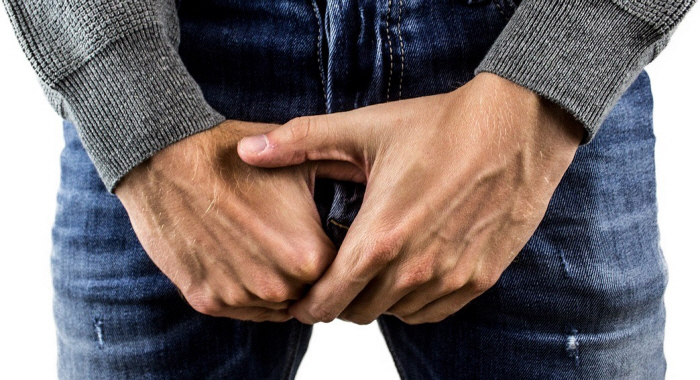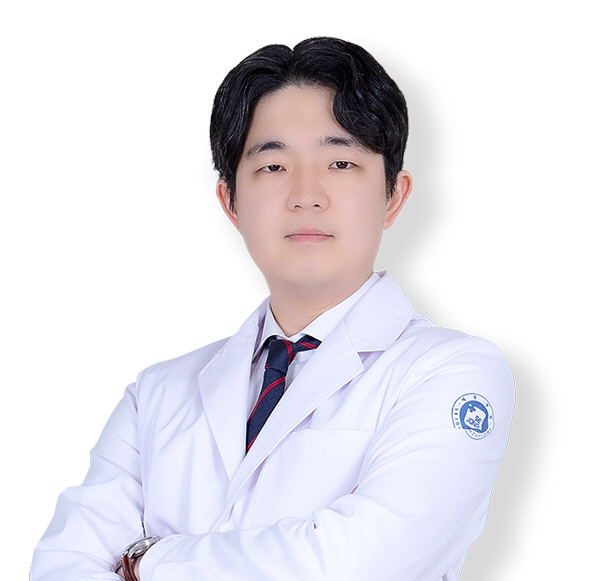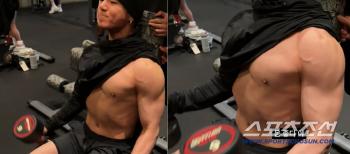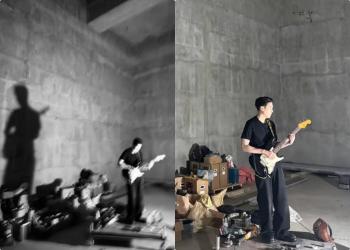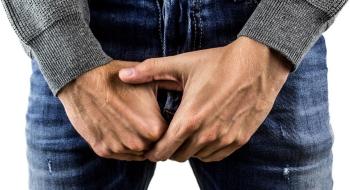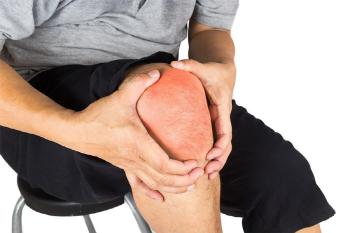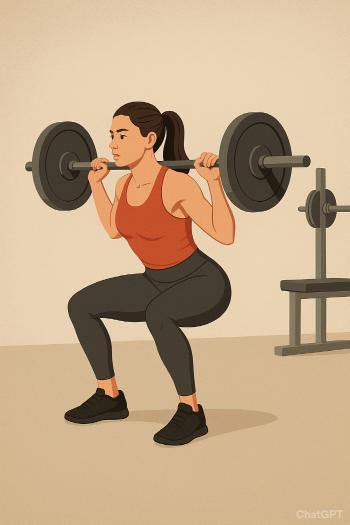Prostate hypertrophy misunderstanding and truth...Is it possible to urinate coolly after treatment?
Sep 27, 2025
|
When this prostate is enlarged, the urinary urethra is blocked. This is called prostate hypertrophy.
Prostate hyperplasia is a common disease, accounting for 15-20% of the total male population in their 50s and older.
Prostate hypertrophy is a chronic disease. If the prostate is completely removed, it can be freed from hypertrophy, but it is not completely removed due to side effects such as urinary incontinence and impotence or the risk of other surgical complications unless special cases such as cancer patients.
Even if the prostate hypertrophy is surgically resolved, it is impossible to cure it, such as the prostate growing again over time and the urethra being blocked again.
After prostate hypertrophy progresses and urination function is significantly impaired, treatment becomes difficult, and if you feel uncomfortable or have a problem with your function, it is important to treat and manage it in time.
Above all, it is necessary to check the condition early and receive proper treatment such as proper treatment, as it is not uncommon for patients to gradually adapt and endure for a very long period of time and to treat the bladder and kidneys later.
◇Misunderstanding of prostate hypertrophy
There are four major misunderstandings among prostate hypertrophy patients.
First, the treatment on the day will solve everything' is a misunderstanding. Half right and half wrong. In fact, surgery and hospitalization often end on the same day, but in some cases, they live with urine lines (kindergarten catheter) for at least one night and two days and three nights and four days, so medical institutions above the general hospital level maintain hospitalization for safety, such as postoperative management.
It is also a misunderstanding that you can quit taking medicine after surgery. As expected, half is right and half is wrong. Prostate hypertrophy surgery is to re-pierce the urethra blocked by the prostate, not treatments for bladder dysfunction such as irritable bladder and hypoactive bladder. It is estimated that 15-55% of patients continue the drug at 1 year after surgery.
'You can urinate like you were in your youth' is also a misunderstanding. It is a problem closely related to the bladder function mentioned above. If the contractile force of the bladder that weaves urine from behind is weak, urine will inevitably be weak. If the sensitivity is high, they often urinate. Of course, additional solutions can be made with drugs, and the key is that if the symptoms of prostate hyperplasia progress for a long time and the bladder function is damaged for a long time, recovery is difficult. In other words, it is advantageous to achieve the goal to decide on surgery in the early stages of mild symptoms.
'New technology has no recurrence or side effects' is also a typical misunderstanding. In the last 10 years, many new surgical methods for prostate hyperplasia have emerged. This means that there are so many patients. There are also clearly risks such as incontinence, anesthesia risk, and infection compared to gains from surgery. New technology does not mean that there is no recurrence or side effects at all.
◇ Prostate hypertrophy, unconditional surgery?
Prostate hypertrophy is not necessarily cured by surgery.
If urination function is not improved to an appropriate level even for conservative and drug treatments, surgery is considered if you do not want treatment other than surgical treatment (drugs, etc.).
Of course, patients with recurrent urinary retention, recurrent urinary tract infections, bladder stones, treatment-resistant gross hematuria, hydronephrosis, and flood urinary incontinence need medical surgery.
Prostate hypertrophy surgery varies.
First of all, there is transurethral prostatectomy (TURP). It is a universal surgery worldwide that has already been widely performed since the 1980s. It is a method of cutting the prostate from the inside one by one using endoscopic instruments. The effectiveness has been verified based on a lot of data for a long time, and the cost is low due to the application of health insurance.
The second is 'Holmium Laser Prostate Extraction (HoLEP)'. It is a surgery to remove the prostate through a barrel, just as the kernel is separated from the tangerine shell with a laser, not a knife type. Data has also been accumulated and verified for a long period of time, the operation time is short, and the cost is low due to the application of health insurance. However, because the difficulty of surgery is high, it is greatly affected by the proficiency of the surgeon.
The third is 'Urolift'. It doesn't cut the prostate, it doesn't put on a urine line. It is a method of removing the prostate from the urethra just like removing the curtain by inserting an implantable ligation (seal) using an endoscope. The advantage is that the operation time is extremely short and surgery is possible even with local anesthesia. However, the endoscope itself has the disadvantages of severe pain, poor symptom improvement effect, and high recurrence rate.
The fourth is 'High Temperature Steam Treatment (Rezum)'. It is a surgery in which hot water vapor is shot into the prostate through a perforated needle and burned. The disadvantage is that it takes a long time for the effect to appear. This is because the tissue does not disappear immediately when burned, but it takes time for the tissue to swell and then naturally absorb dead cells into the body.
The fifth is 'Waterjet Robotic Surgery (Aquablation)'. A water jet injector is attached to the robot arm, which is located on the urethra to design and remove the enlarged prostate area that you want to remove with ultrasonic waves. The operation time is short and there is no lack of effectiveness. However, there is a disadvantage in that there is a lot of bleeding and the cost is high, such as no hemostasis during resection under water pressure.
The sixth is the most state-of-the-art technique, 'iTind(iTind)'. In Korea, it has been implemented since May this year. It is a method of fixing a net-like iron structure to the inside of the prostate, pressing it tightly for a few days to necrotize the tissue, and then removing the iron structure so that the prostate maintains its shape. However, because it is the latest technique, data is very scarce, and there is controversy about its effectiveness.
In addition, there are surgical methods such as simple open prostatectomy, prostate artery embolization, and transurethral prostatectomy, which are not well performed because they are performed in very special cases or have many side effects, and the effect is not very high.
Ahn Dong-hyun, director of Bucheon Sejong Hospital (Urology Department), said "Patients who want a simple procedure unconditionally and don't want to put on a urine line are recommended to have prostate ligation or Aitind."It's best to have good effects and no recurrence, and I hope it doesn't come back to the urology department."Patients who are treated with holmium laser prostatectomy, hot water vapor therapy, should have at least no side effectsPatients are recommended for prostate ligation, hot water vapor treatment, and itind, ' said.
"It is not best to choose a surgical method with a strong insistence on only one reason," he said. "It is important to consider how narrow the urethra is by the size and shape of my prostate, as well as various factors such as effectiveness, side effects, ease, and cost, and to choose a surgical method after sufficient consultation with a specialist."
|
This article was translated by Naver AI translator.
